Crossing the Simpson Desert, central Australia
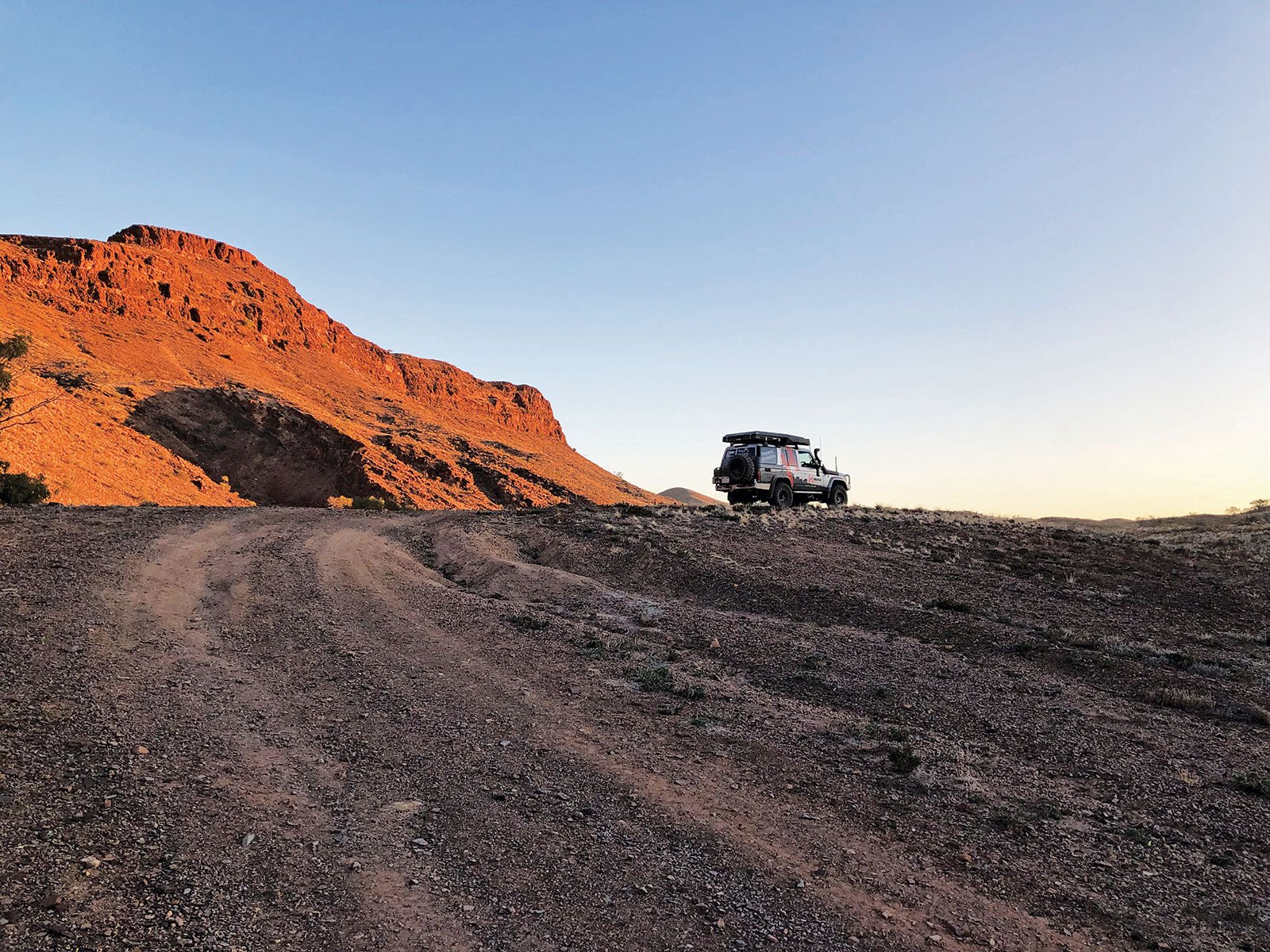
There’s a saying: ‘Do what you love, and you’ll never work another day in your life.’
This adage could certainly apply to Hema Maps’ National Retail Sales Manager, Justin Gill, who wears many hats within the small company. One that he wears proudly is that of a 4WD outback adventurer.
He is part of Hema’s Map Patrol and reckons that exploring the off the beaten tracks of outback Australia is the greatest job there is.
Earlier this year, he and his wife Trudy joined eight paying customers on a Hema Tour through the Simpson Desert, in partnership with Sydney-based Adrenalin 4x4 Off-Road Tours with its owners Ben and Hayley Carceller as tour guides making up the 10th vehicle in the convoy.
Hema Maps has been exploring Australia for 40 years and now offers customers an opportunity to learn the skills deployed by the Map Patrol when they are out exploring.
Driving his 76 Series LandCruiser, fresh from a complete rebuild in Sydney, Justin went along on the tour to collect valuable Map Patrol data on points of interest along the 3000km journey that will be used in future Hema Maps publications.
The tour left Broken Hill, NSW, on 17 June and, with the LC76 being completed literally the day before, Justin and Trudy drove it through the night to meet up with the tour.
The tour group
Whether you’re an experienced four-wheel driver looking to travel with others or a complete newbie wanting to learn from the pros, Hema Tours caters for everyone with experienced tour guides providing you with the skills to safely travel with your 4WD in outback Australia in a controlled and friendly environment with others.
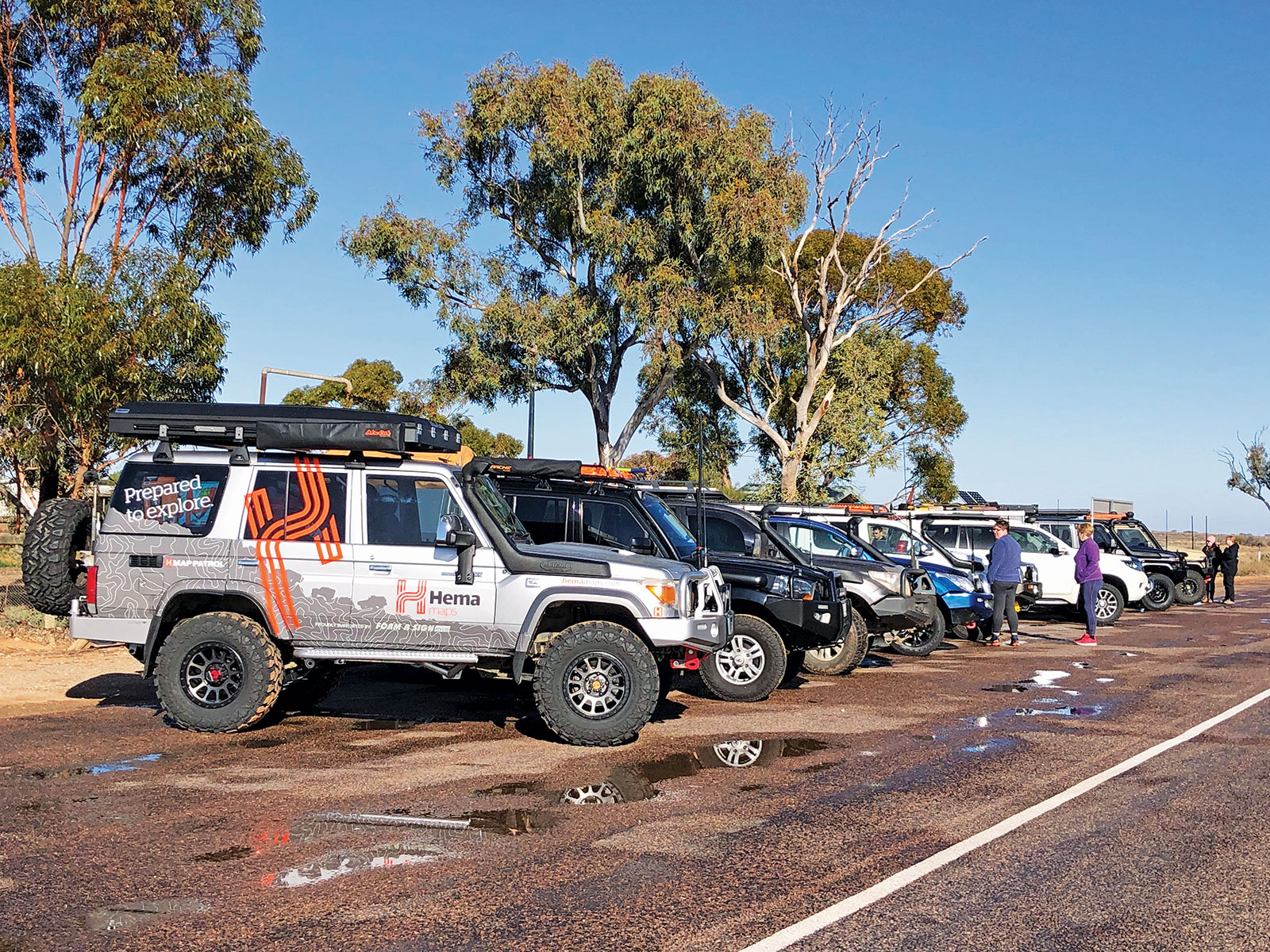
This particular trip was a mix of experienced four-wheel drivers and some doing their first-ever trip.
You will need a high-clearance four-wheel drive vehicle with all-terrain tyres, front and rear recovery points and a UHF radio.
Even a stock-standard four-wheel drive vehicle can undertake a trip like this, and you don’t have to be a serious outback traveller. As long as you are adequately prepared and have the right equipment, just about anyone can do it.
The trip
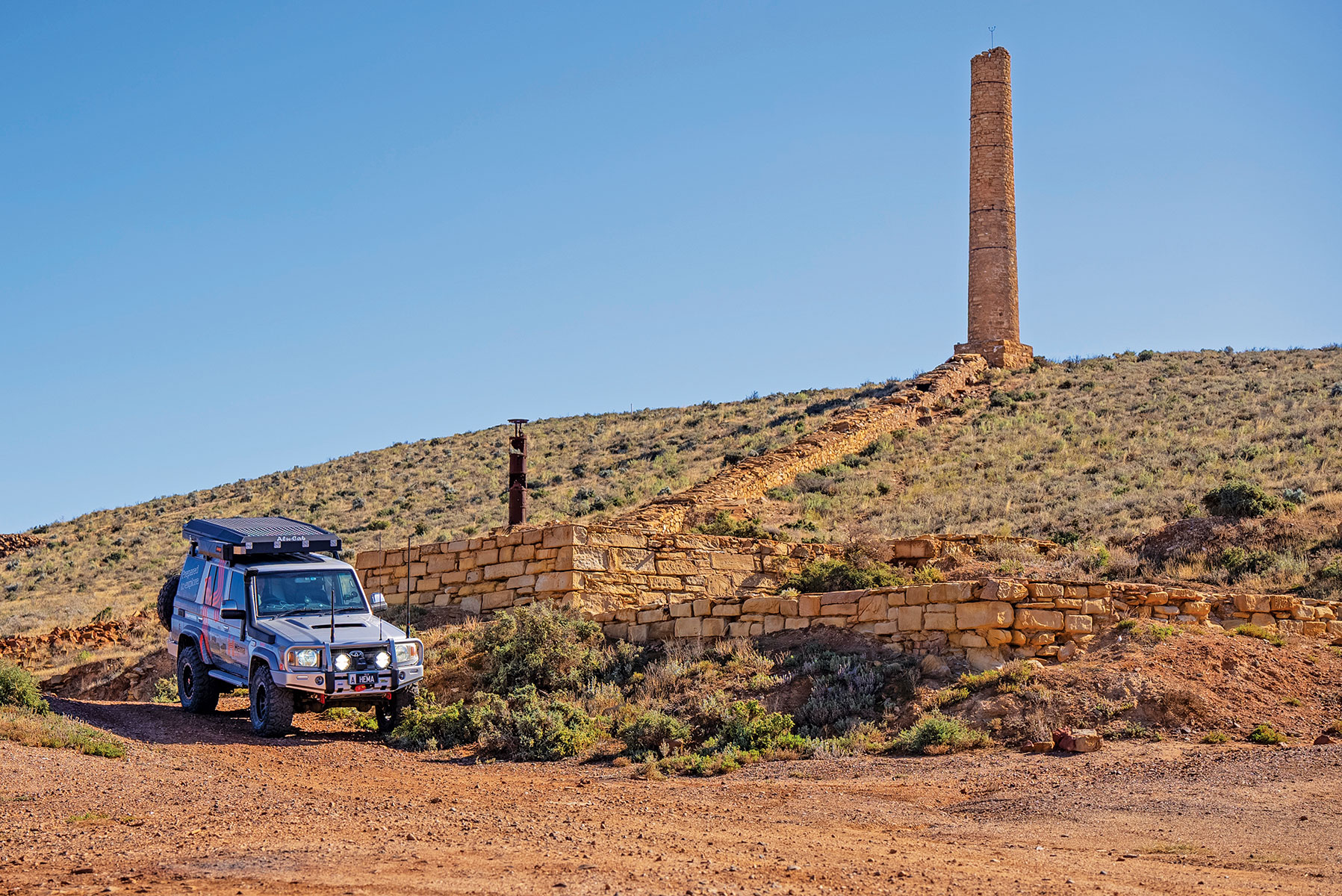
Starting from Broken Hill, the tour headed west, crossed the border into South Australia and travelled towards the northern Flinders Ranges via the historic ruins of the old Waukaringa Station homestead. The first night they camped at Chambers Gorge, stopping for pictures at the Chambers Pillars.
Justin has recounted this trip many times live on stage at various caravan and 4x4 shows around the country, most recently at the Melbourne Caravan and Camping Leisurefest at Sandown Racecourse, sharing his tips and tricks with fellow adventurers.
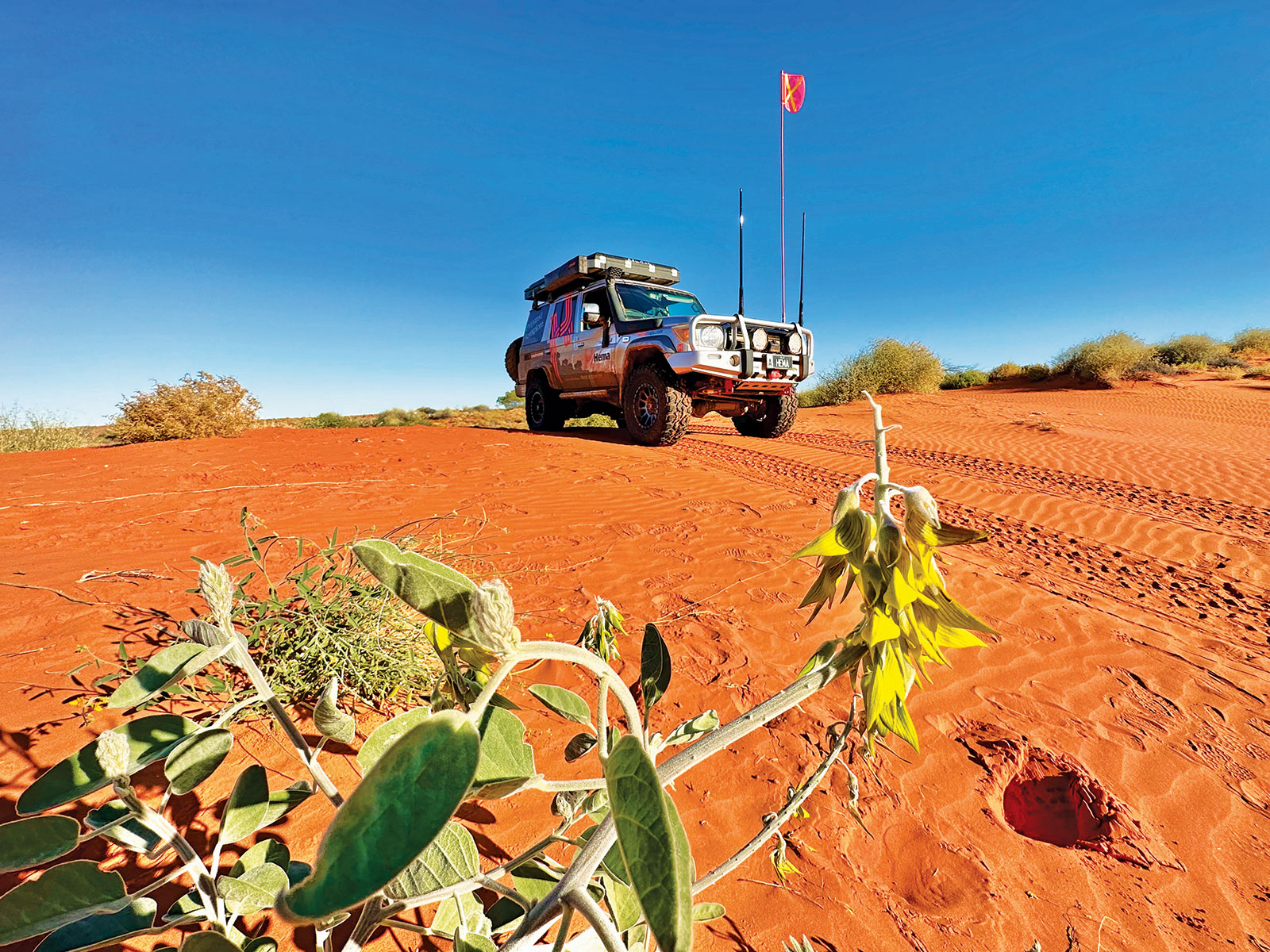
Before the Simpson trip, Trudy was not a camper, other than regular caravan park stays in their camper trailer. Justin said that one of the carrots he dangled to entice her along was the many great bakeries they would visit in tiny outback towns.
Blinman, SA, was no exception. It was here they tried the Miners’ Pasty, a pastry-looking invention with meat at one end and apple on the other — a main course and dessert in one.
“They’re amazingly really good,” Justin said. “You’d think that the meat and the apple would contaminate each other, but they don’t — it all stays separate.” Trudy also approved. Another recommendation is the quandong pies — quandong being a native fruit. You can order them in advance, and they’ll be waiting for you frozen, ready to pop into your car freezer.
The LC76 had a myCOOLMAN 69L fridge/freezer on board, which Justin says is essential for such a trip.
“Having the freezer was great, particularly for keeping frozen vegies. Not only is fresh food in short supply in the outback but you often have to surrender fresh fruit and vegies when you’re crossing state borders.”
They slept in an Alu-Cab hardtop rooftop tent — warm, comfortable, off the ground and big enough to almost half stand in.

From Blinman the group hit the outback highway heading north to the start of the Oodnadatta Track. Along the way there was a stop at the historic Farina township which once serviced the Old Ghan Railway and Overland Telegraph Line. It, too, boasts a bakery — this one underground.
Oodnadatta Track
The town of Marree signals the start of the Oodnadatta Track and Justin’s advice is to never drive past a service station.
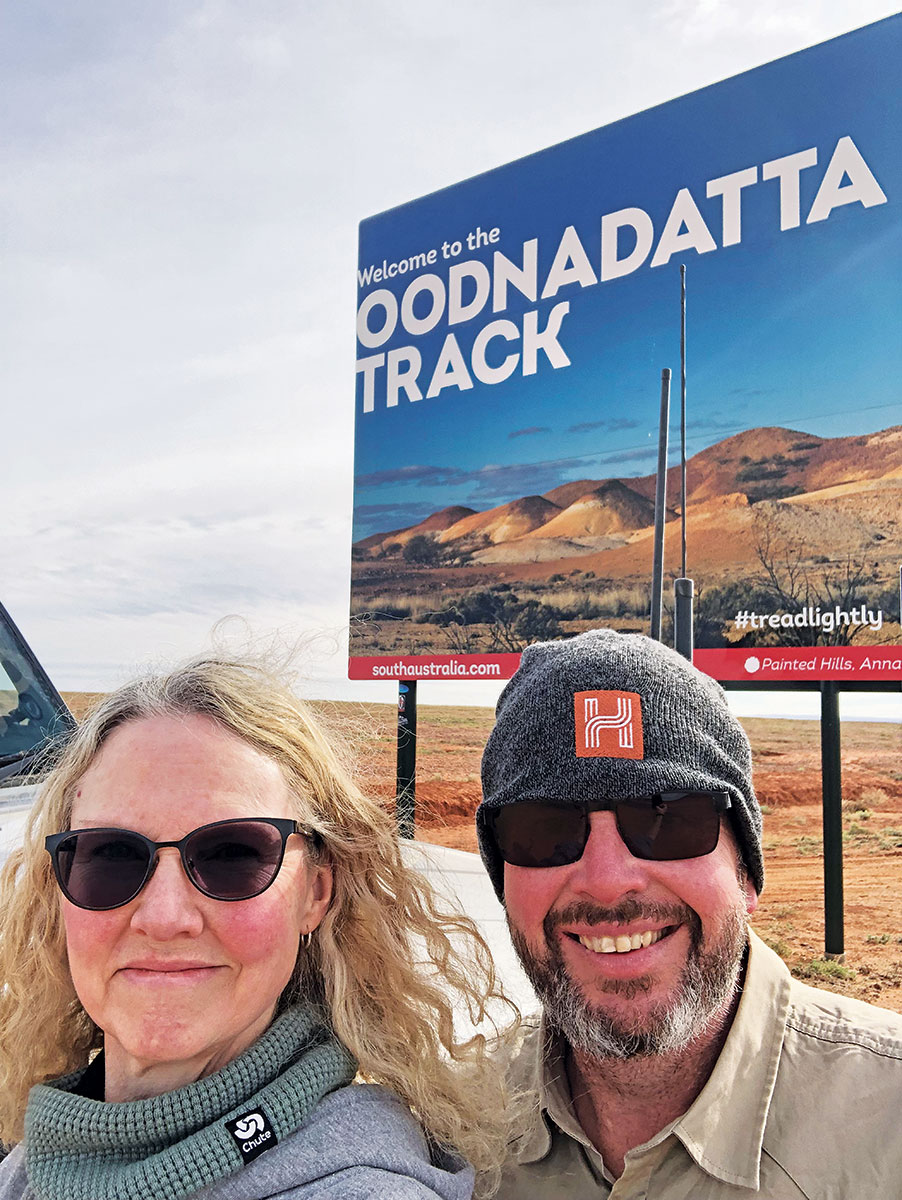
“Fill up with fuel wherever you can get fuel,” he said. “You can’t rely on small towns or roadhouses to always have fuel available. Some towns we passed through didn’t have fuel … trucks get held up, rain can close the track — there are so many variables in the desert that are completely outside anyone’s control, so don’t risk it.”
Driving on sand tracks in the outback also doubles your fuel usage when compared to driving on bitumen, due to the reduced tyre pressures and running at low and high ranges. This is why it is important to plan your route ahead of time and stock up on extra fuel when you can.
There might not be communications out there either so always carry cash in the event there is no EFTPOS available.
Once on the Oodnadatta Track, the corrugations begin. Let the pressure down in your tyres — choose the correct pressure based on the weight of your vehicle and whether you’re towing. And Justin’s advice is that you will have a more comfortable ride if you drive as fast as you are able over the top of the bumps, so your tyres don’t go down into the dips of the corrugations. For him in the LC76 at 3.5T, it was 22psi.
The Mutonia Sculpture Park is an interesting stop along the track. There are no facilities, just a windswept location, but it’s a good opportunity stretch your legs and wander through the sculptures for an hour.
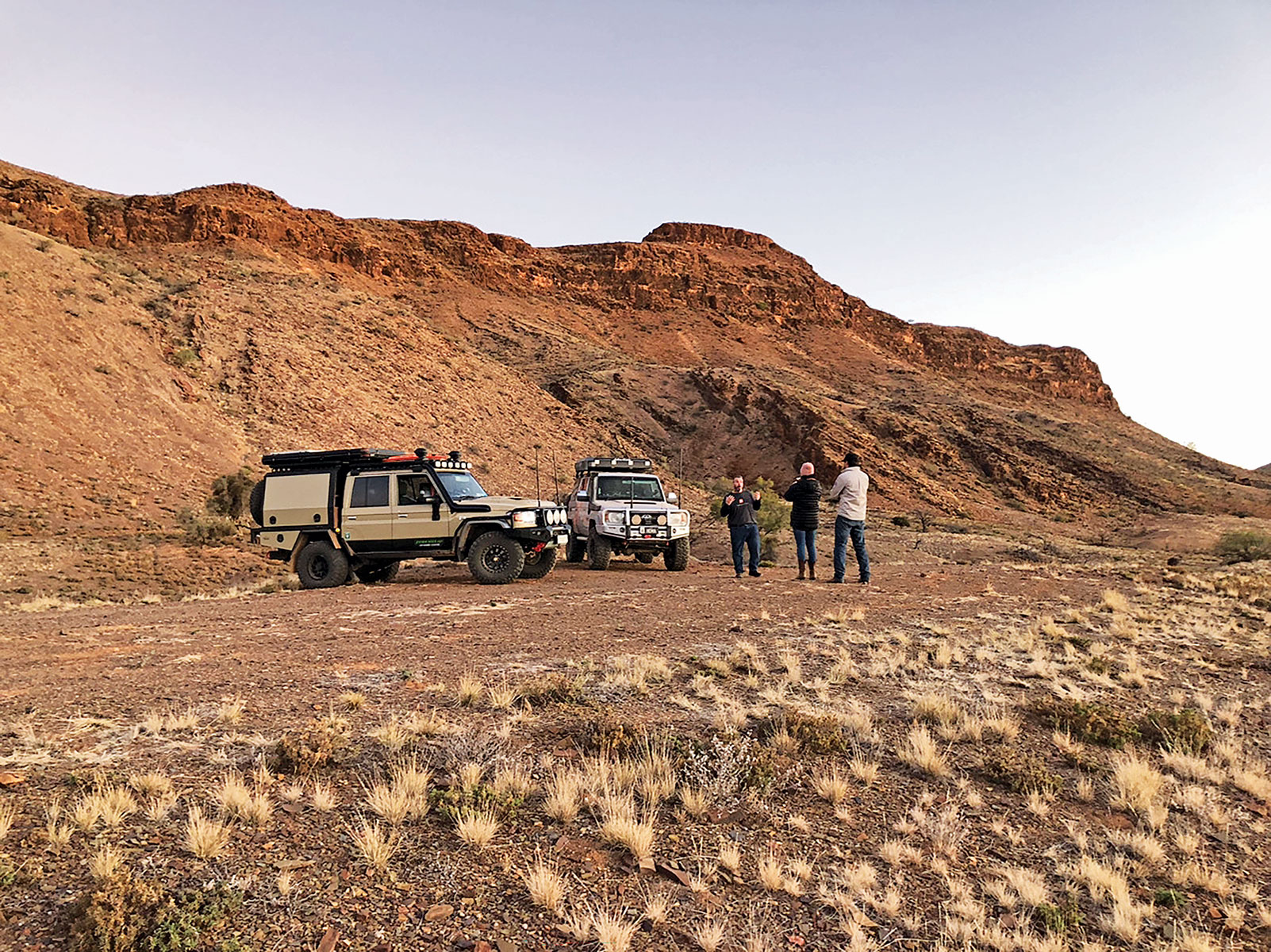
Further up along the track they passed Kati Thanda–Lake Eyre, the depocentre of the vast endorheic Lake Eyre basin and the lowest natural point in Australia, at approximately 15m below sea level. On the rare occasions that it fills completely, it is the largest lake in Australia, covering an area of up to 9500sq km and having the same salinity as sea water. The dry lake surface is quite treacherous so you can’t drive on it, but walking is fine.
Also in abundance are mound springs, visible signs of where the water rich with minerals bubbles out of the ground from the Great Artesian Basin, and the minerals form a peak, like a mini volcano. There are multiplate thermal springs where you can have a dip in the soothing waters.
Another of Justin’s tips is to be very aware of the weather. Even the smallest amount of rain will close the Oodnadatta Track, and when outback dirt gets wet, it has the consistency of concrete and will stick to anything.
“It gets into tyres and sets — you can’t kick it off, you need a shovel. It’s dreadful.” So, a good shovel is a must for a trip like this — to get mud off your tyres, to dig yourself out if bogged, to rearrange logs on your fire and to dig a hole — at least 30cm — for nature breaks. And always burn your toilet paper or animals will dig it up.
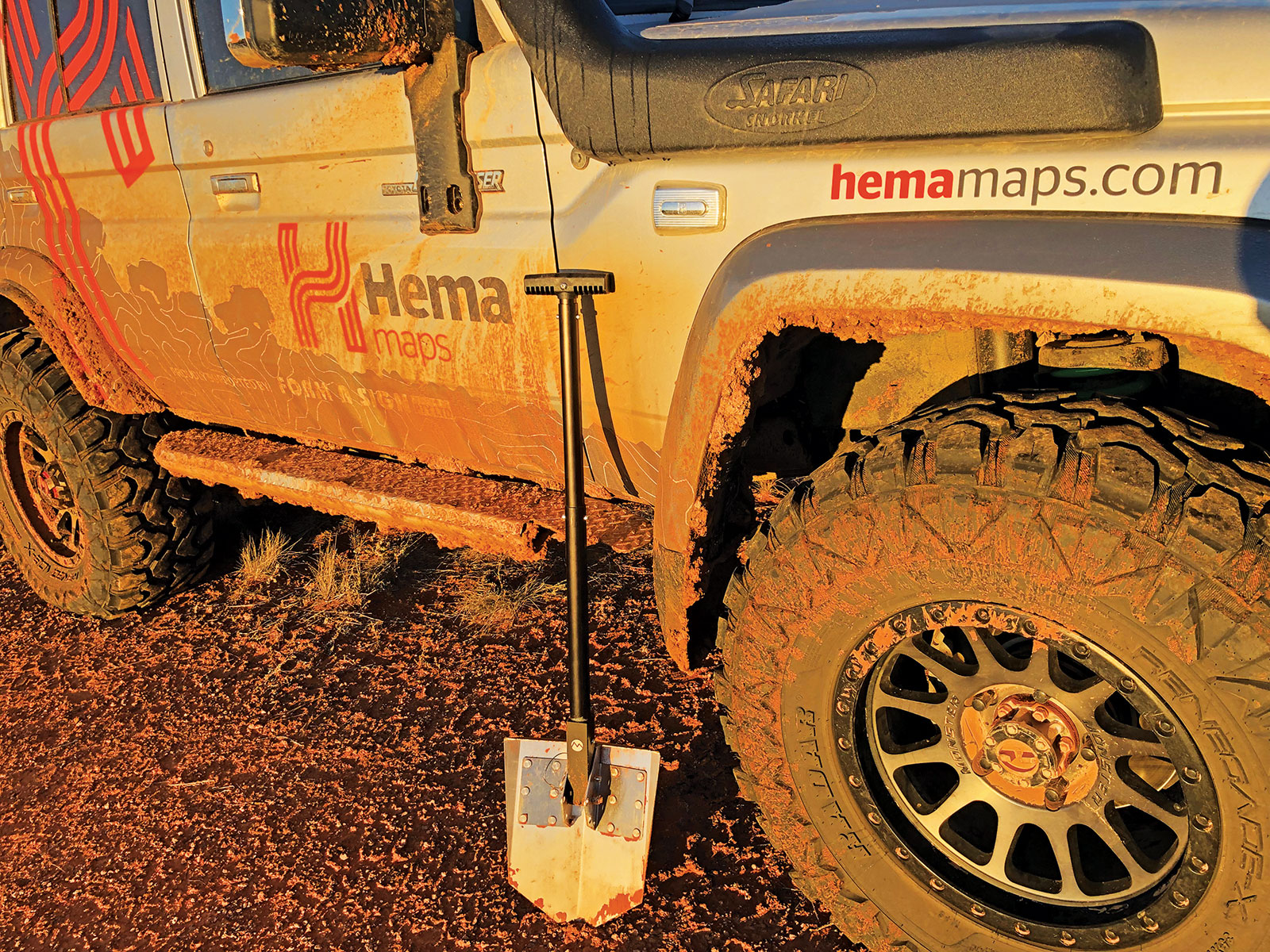
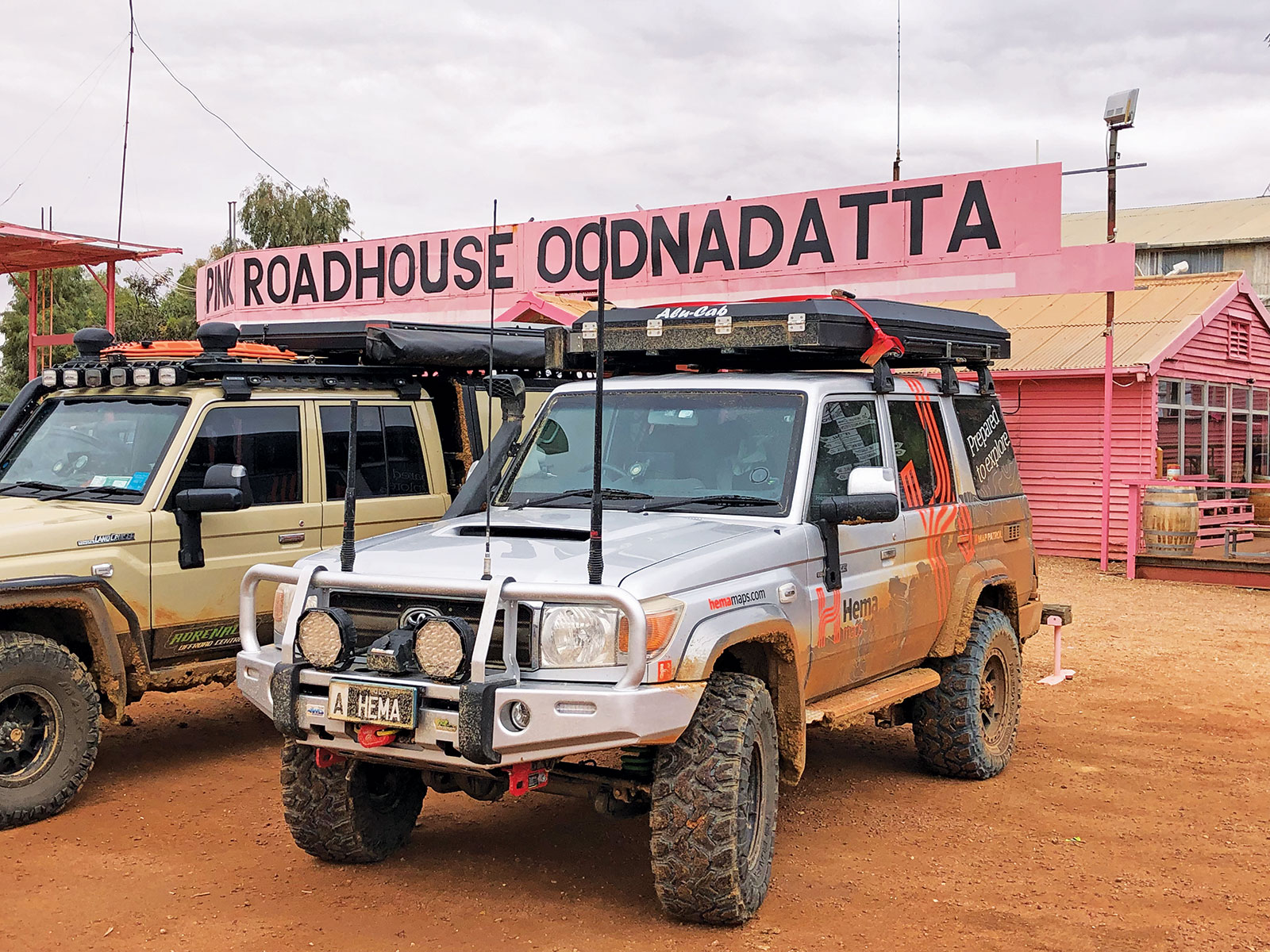
The bright pink Oodnadatta Roadhouse is a key stop before heading north to Mt Dare and a great place to stock up on supplies and support an outback business which relies on tourist dollars during the dry season to see them through the rest of the year.
Mt Dare Hotel is the last fuel stop before the Simpson Desert. You can pre-order a counter meal, there’s fuel, hot showers, lots of interesting memorabilia hanging from the ceiling, Indigenous art to buy and lots of mozzies.
Dalhousie Springs signals the start of the French Line which crosses the Simpson. It is one of the many expedition lines in the outback forged by companies looking for reserves of natural gas and oil. As the name suggests, it is pretty much a straight line.
Crossing the Simpson
Crossing the Simpson Desert from east to west is easier than west to east. Shaped by the prevailing winds, the 1200 dunes are shallower at the incline and easier to drive over. There’s no towing of caravans or even camper trailers through the Simpson — you’ll damage the track and most probably your trailer.
Here, Justin let the tyre pressures down to 18psi, providing a nice sturdy footprint in the soft sand. You’ll need a 4WD with both high and low ranges to make this section of the trip, as well as a UHF radio to communicate with other drivers and a sand flag for visibility.
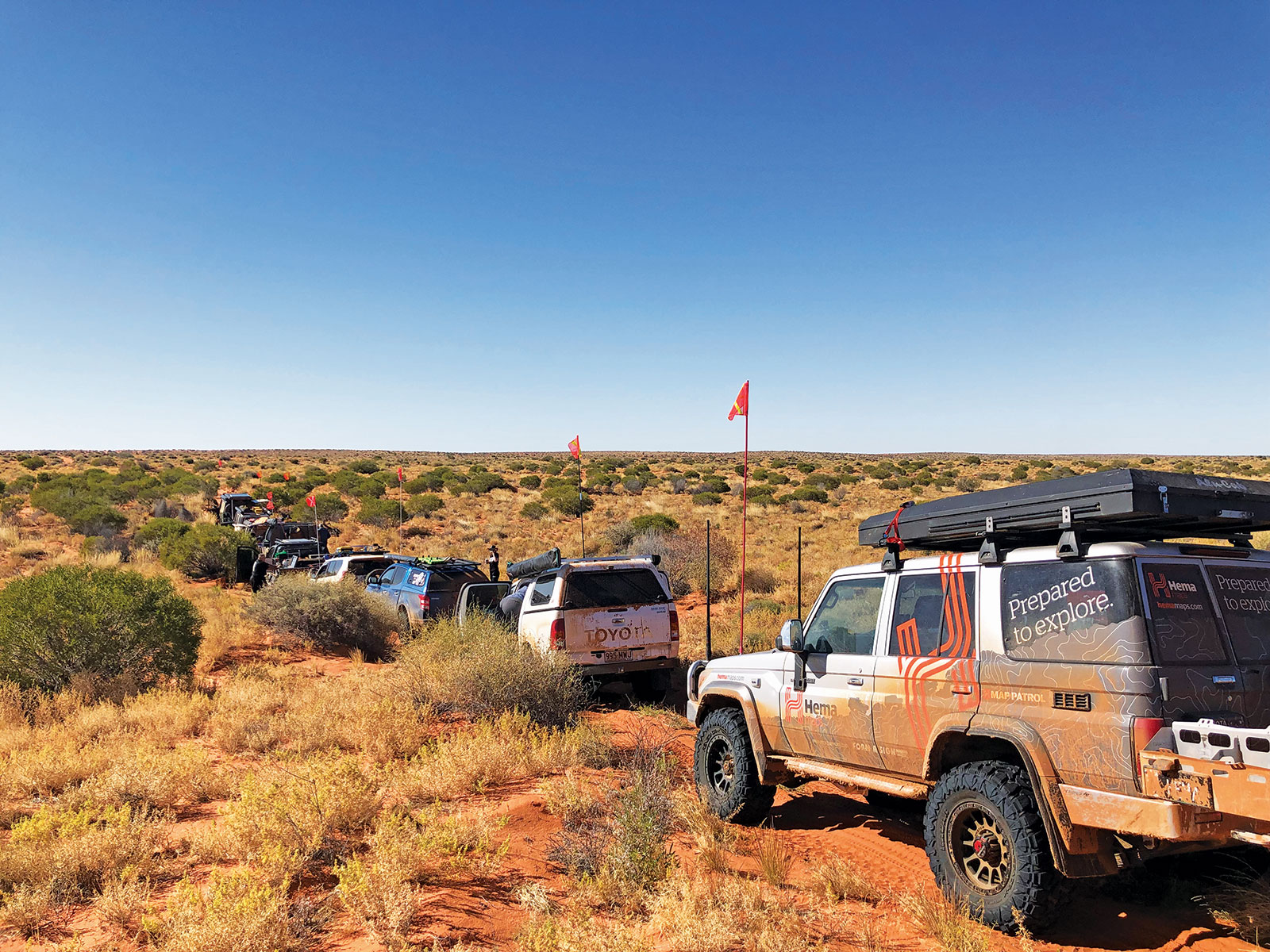
Justin said Trudy fell in love with the Simpson Desert which is quite different to any other area of Australia. There are beautiful sunsets, solitude and silence and the terrain changes often — the sand bright red and then softening to yellow based on the mineral deposits in the area. The ecosystems, flora and fauna change constantly.
Animals tend to keep to themselves around these parts, although you will see an occasional curious dingo. They are not a threat to adults, but don’t leave leather shoes or boots lying around outside your tent at night — they are a tasty jerky-like snack for dingoes.
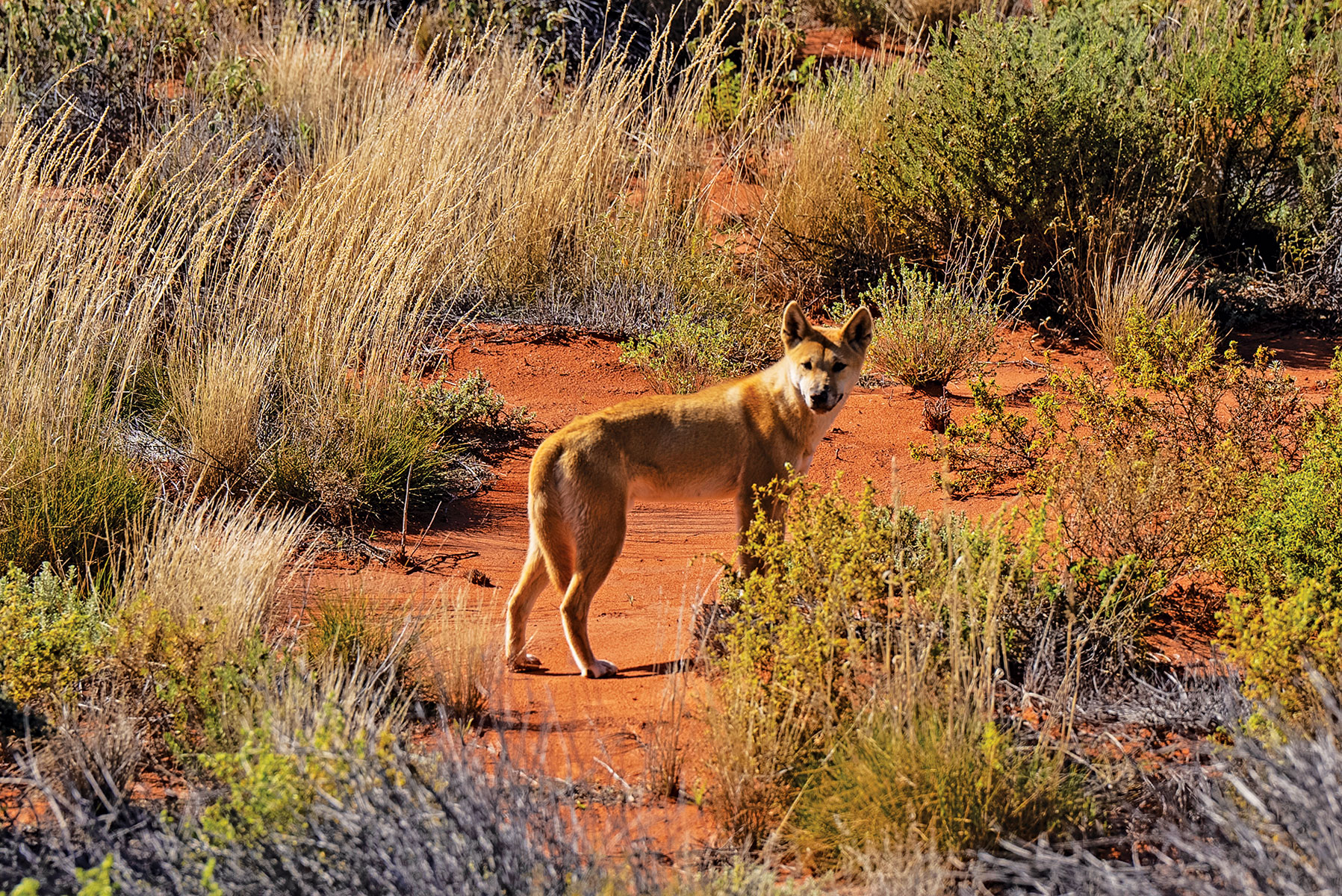
The journey along the French Line can take two to three days — use existing tracks along the salt lakes so you don’t get bogged — and you’ll exit at Poeppel Corner where the three state borders of NT, SA and Qld meet allowing you to stand in three states at once.
From here, four-wheel drivers can jump onto the QAA Line to Birdsville, but rain forced the party to take the Hay River Track north, one of Justin’s favourites with more signs of plant and animal life, including camels. Via the Hay Track, Batton Hill Camp Access Road and Plenty Highway, the trip finished in Alice Springs at the end of July.
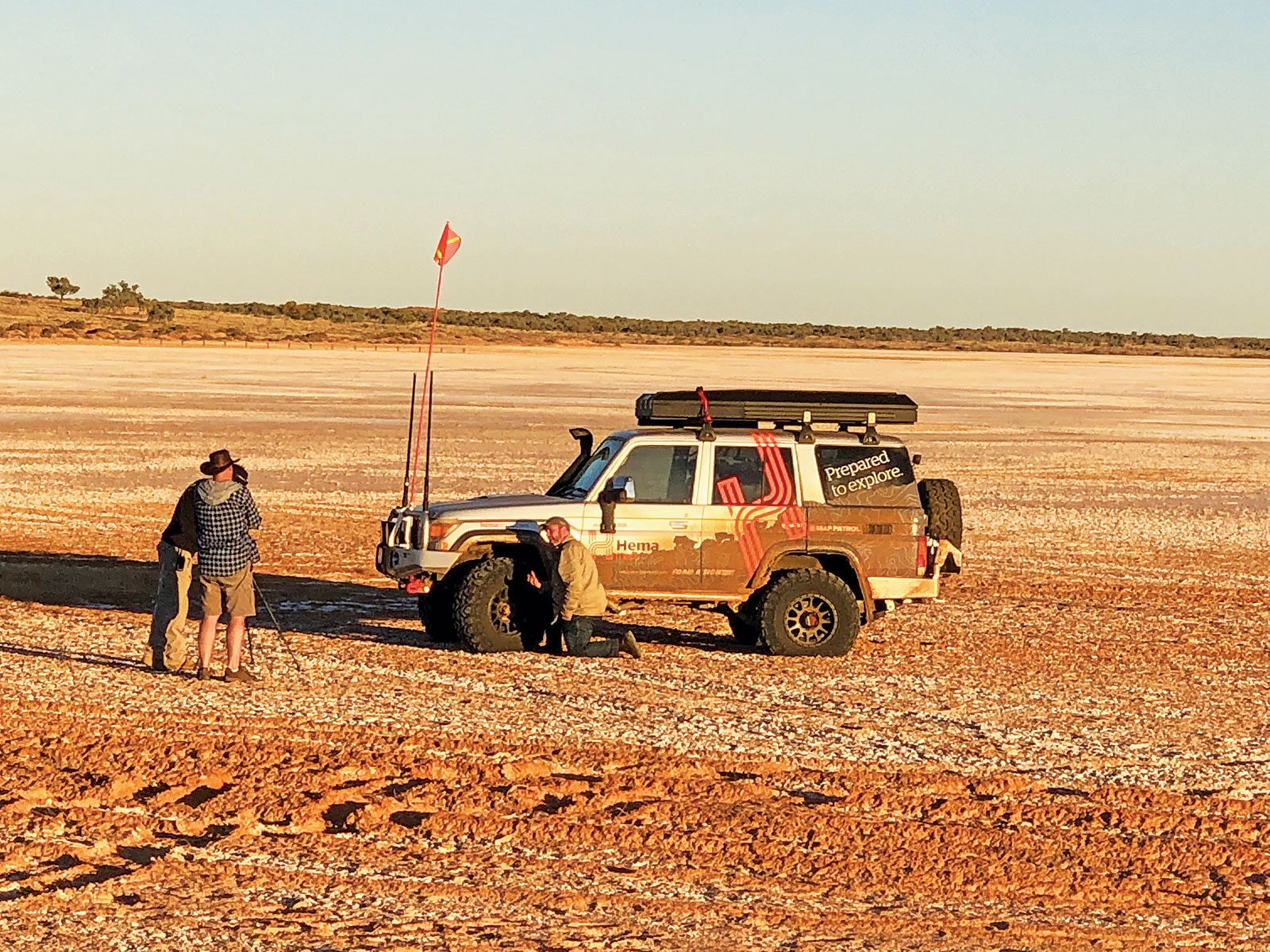
While the Simpson Desert isn’t exactly caravan and camper friendly (towed trailers/caravans can cause damage to tracks and is strongly discouraged), the lessons learned here are still relevant for staying safe when heading into the outback with your rig.
Outback safety gear checklist
Here’s a quick breakdown of the gear you should make sure you’ve got on board when heading bush:
- All-terrain tyres on both your 4WD
- and van
- Front and rear recovery points on
- the 4WD
- UHF radio
- Satellite phone/Personal locator beacon — i.e., a ZOLEO or Garmin Messenger. These can be used for emergency communication, general contact or trip updates, and weather information
- Recovery gear
- Jump-start battery
- Portable tyre pressure gauge and compressor
- Basic repair kit suitable for your vehicle, van and your personal capabilities
- Navigation equipment (electronic and print)
- Fire extinguisher
- Shovel
- Saw, axe or chainsaw (for wood collection — temps can drop very low at night in the outback)
- Spare jerry cans for fuel/diesel and water
- Sand flag
- First aid kit
- Sunscreen
- Plenty of water
- The general rule is 7L per person per day, but it’s wise to have a bit extra if you’re travelling in the warmer months
- An emergency grab bag
- It’s wise to have a bag ready in case of worst-case scenarios. This should have at least 72-hours’ worth of emergency water and non-perishable food. Keep your sat phone/PLB and first aid kit with it, and store the bag somewhere easy to access
Your van or 4WD van setup might already have you covered, but make sure your fridge/freezer is in good working order.
And be sensible when it comes to packing your clothes. The outback heat might have you wanting to strip down, but long sleeves and pants made of breathable fabrics will offer more relief and protection. Pack a brimmed hat, sunnies and a jacket for when the temperatures drop at night.
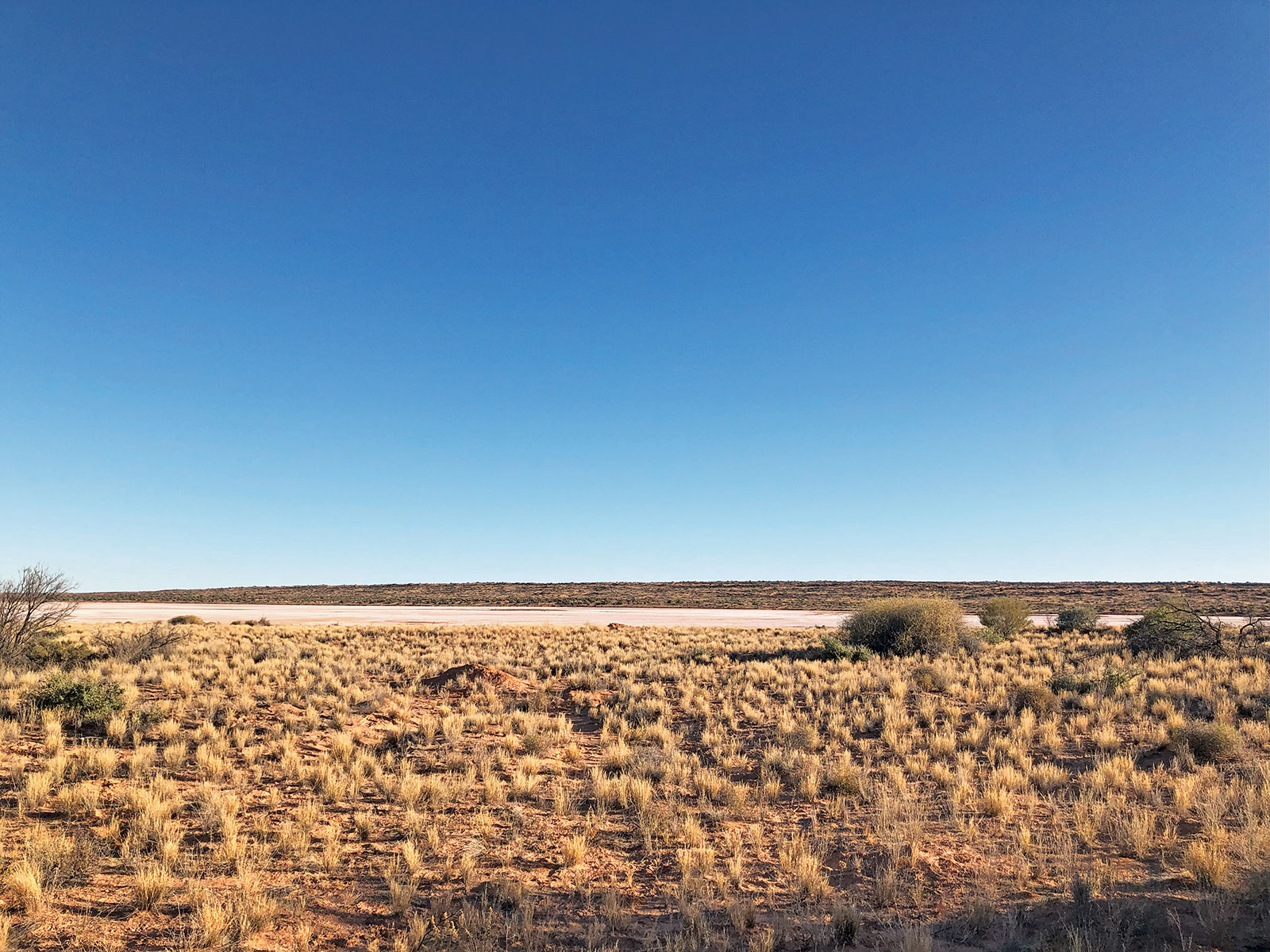
Find out more
To watch the video footage of Justin’s talk about the Simpson Desert crossing, visit the Caravan Industry of Victoria Facebook page.
For more information about Hema Tours, visit the Hema Maps website.
THE NEXT STEP
Are you ready to experience the freedom of the open road? Don't wait - Find your dream getaway now!







